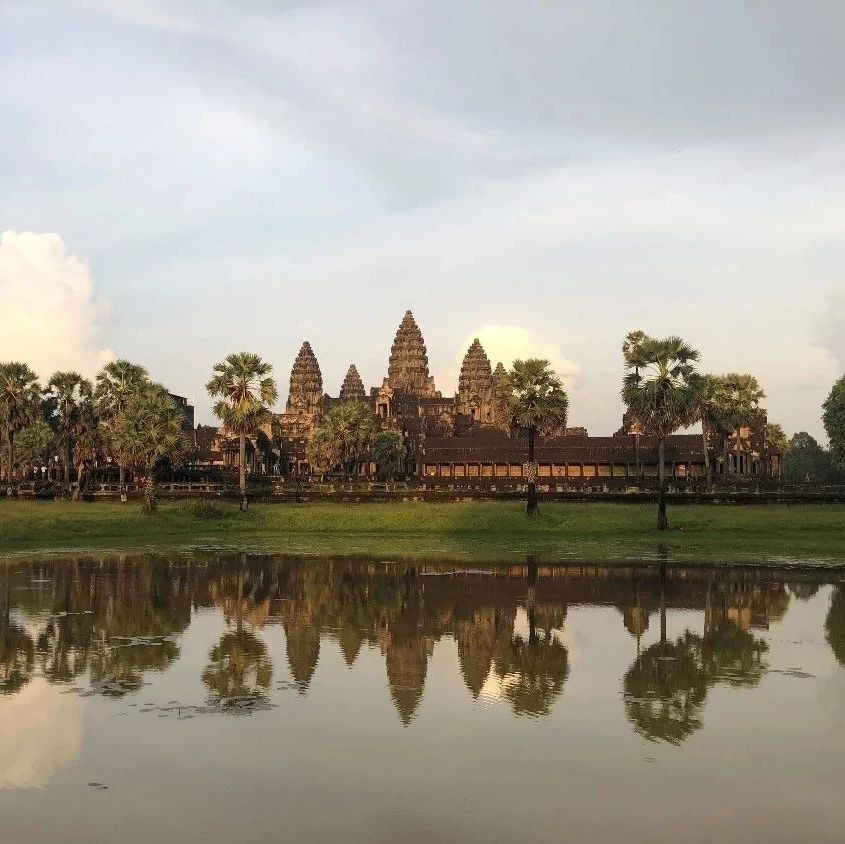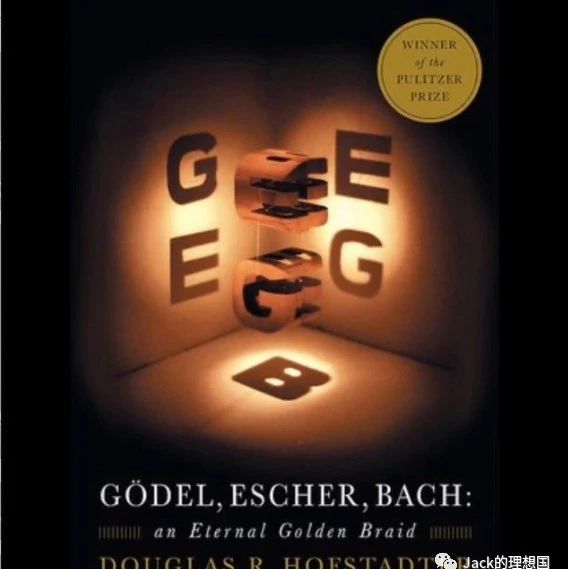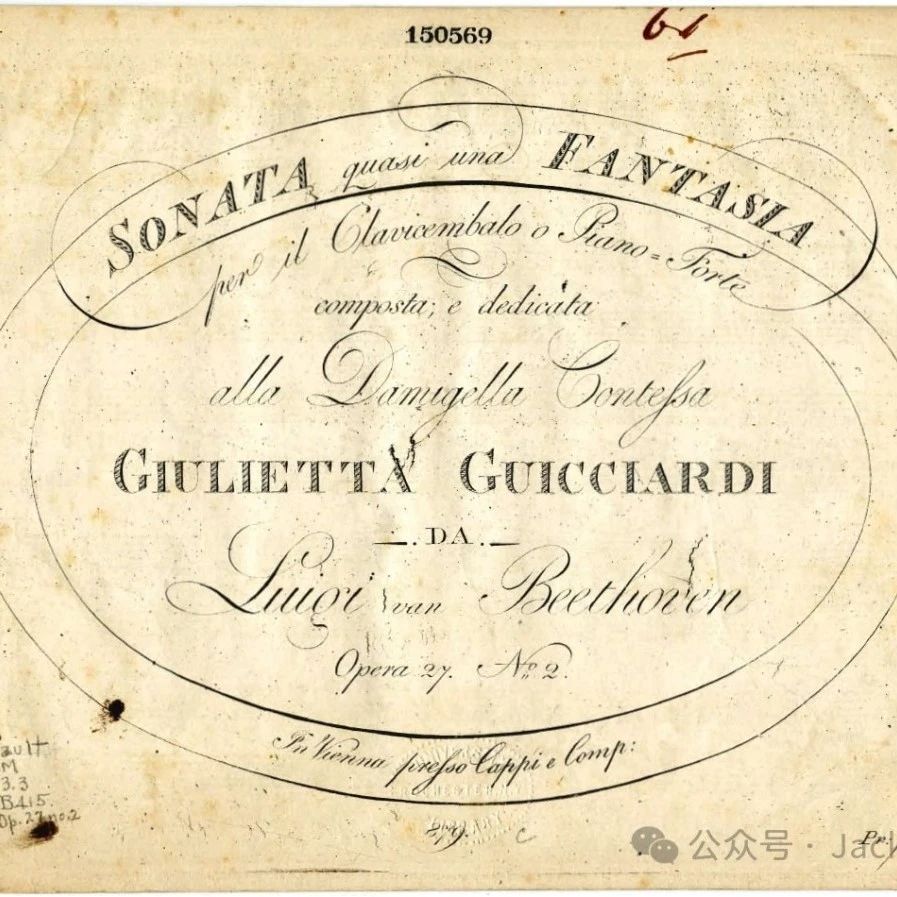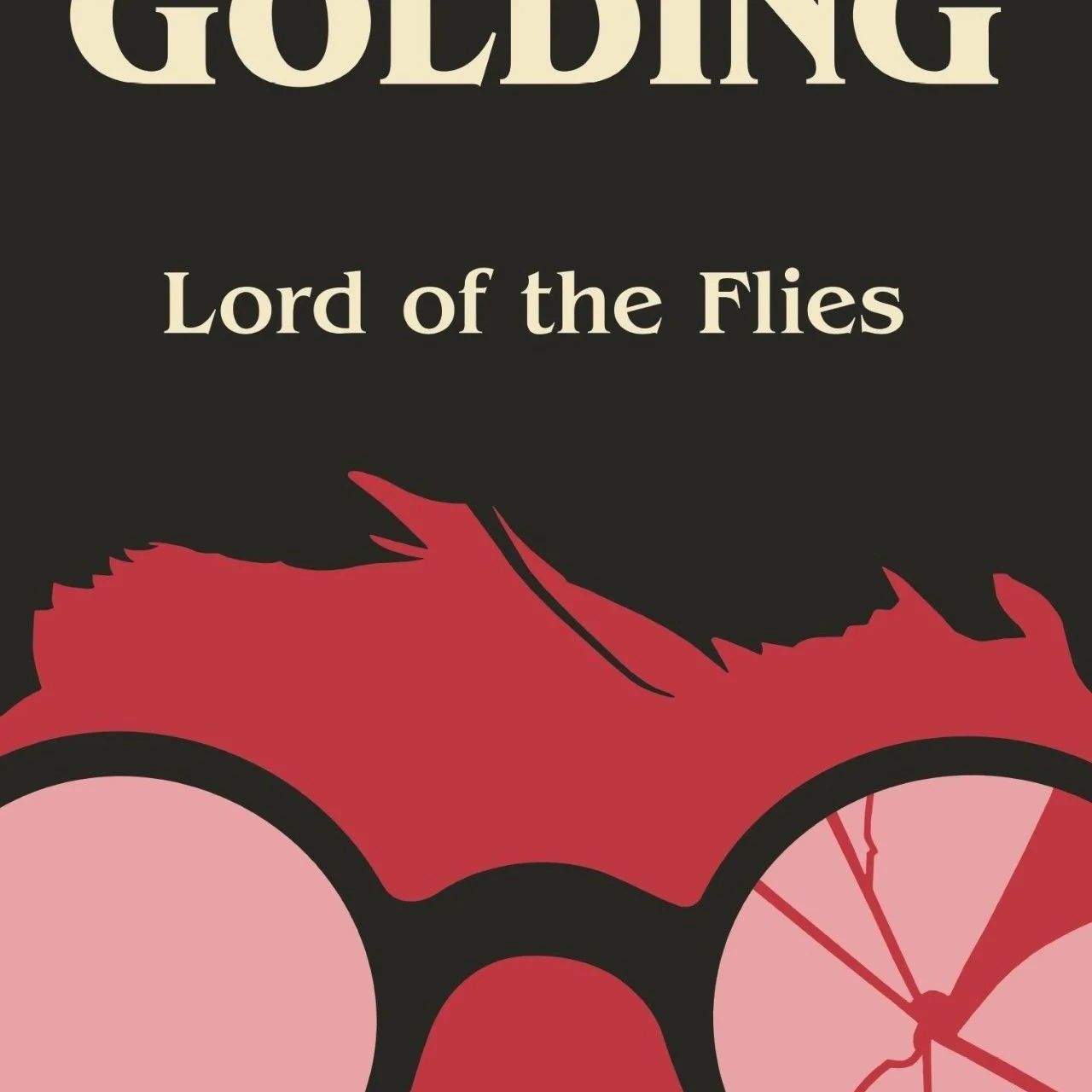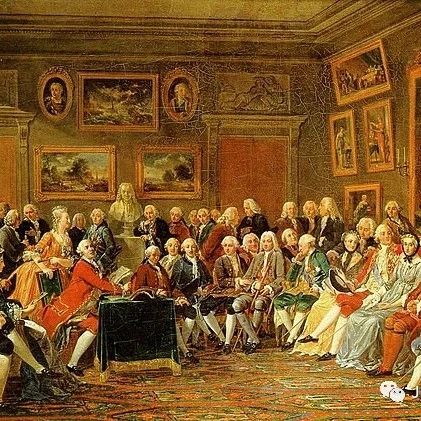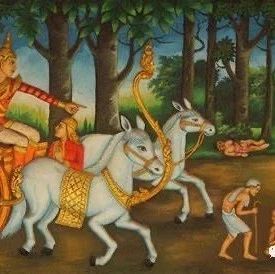Read History with Jack 8 - Angkor Wat
小吴哥
在1861年1月,法国探险家亨利·穆奥手里抱着周达观(中国元朝官员)的《真腊风土记》,带着满怀的期盼之情,跋涉在遮天蔽日的热带雨林当中。他的目标是寻找书中所描述的神秘吴哥古城,为了这个目标已经走了整整5天。在一片泥泞当中,他的靴子踩到了坚硬的石板路面。心中有一个预感越来越清晰---黎明即将来临。不久,五座辉煌的塔尖映着曙光,展现在他的眼前。我想,这位探险家一定是倒吸了一口气,屏住了呼吸,一个潜藏了400年的秘密被惊醒。今年十一,我顺着穆奥的路线,也去看了震惊世界的小吴哥。
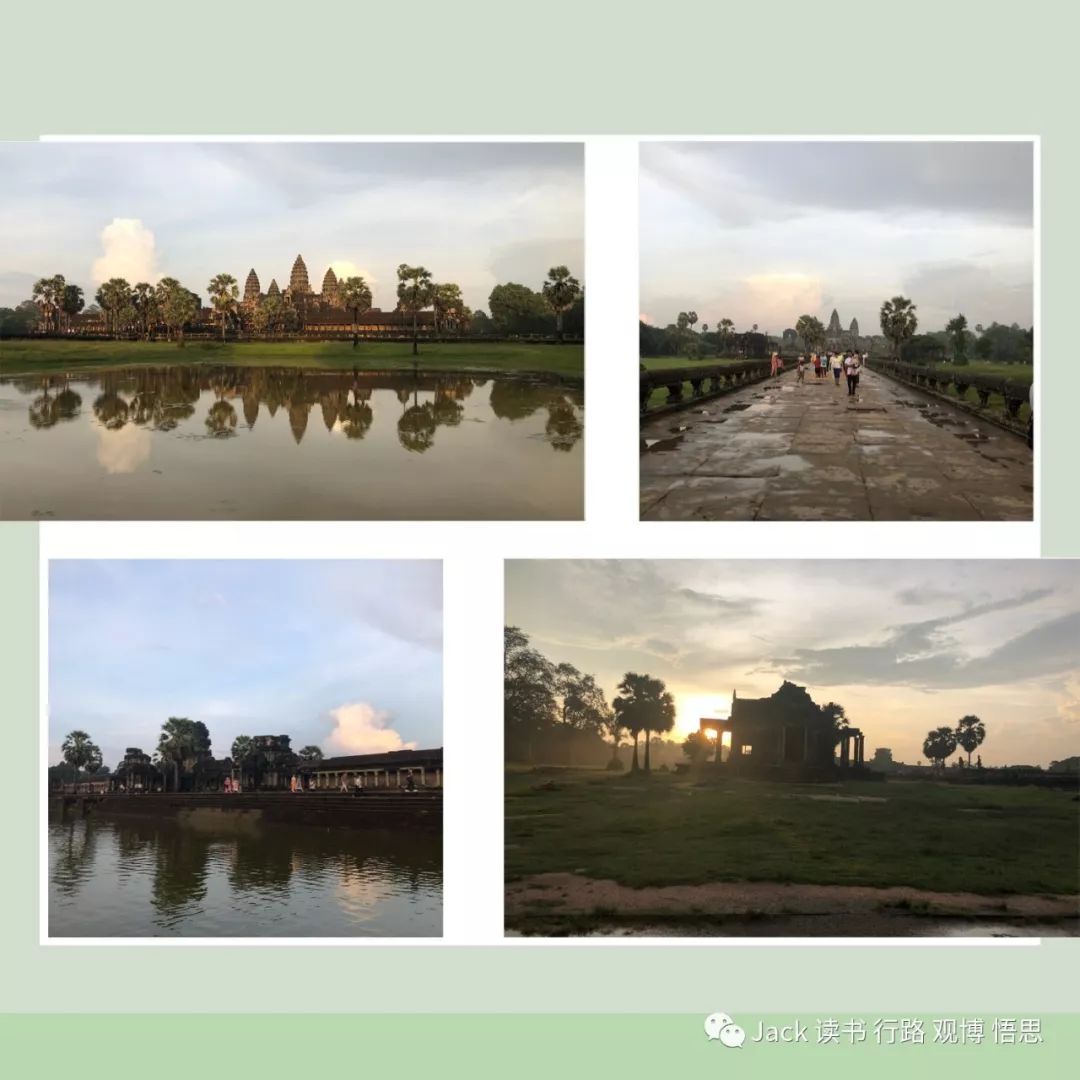
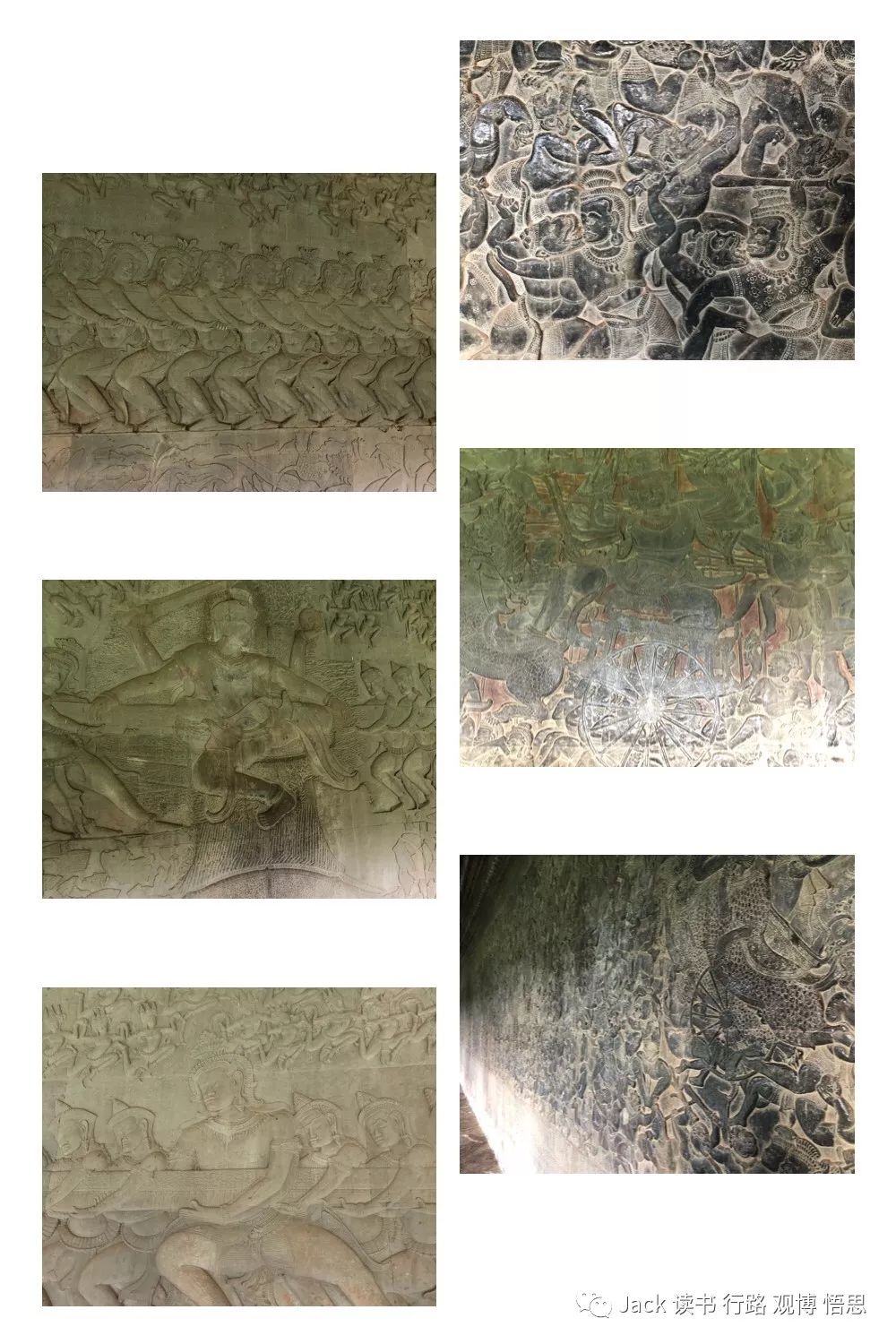
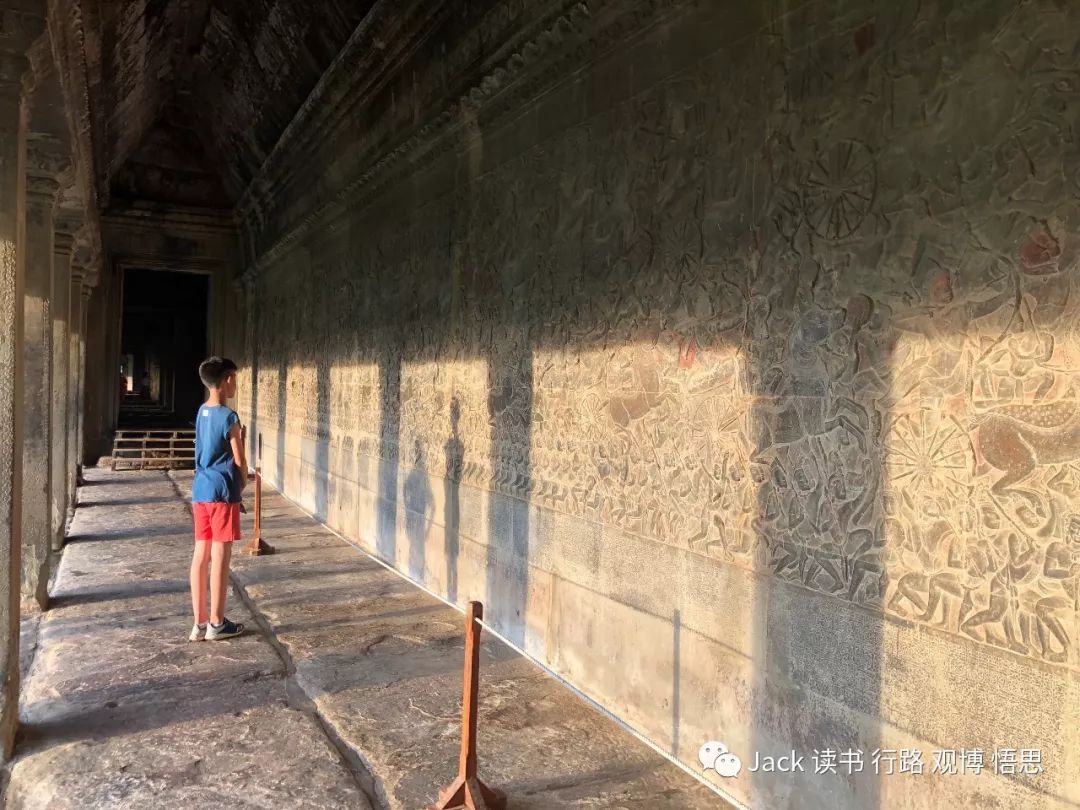
小吴哥是柬埔寨最重要的建筑,并且小吴哥也出现在柬埔寨国旗上。现在在暹粒城,所有的建筑都不能超越小吴哥的高度。小吴哥由国王苏利耶跋摩二世所建,用来供奉印度教大神毗湿奴神,同时它也是是国王死后的陵寝。这个建筑有五座高塔,代表宇宙的中心须弥山,旁边的护城河以及城墙代表高山和大海。建筑两边都有藏经阁,中间是一条长472米的引道,这样设计让你进寺庙前放慢脚步,心中平静下来。附近还建了两个方形水池倒映着建筑,给人一种虚虚实实的感觉。护城河宽190米,并环绕着整个小吴哥。五座塔的四周环绕着两层长廊,栏杆都雕刻着精美的雕花。这样的布局配合当地的生态,非常适宜人居住。相反,我们现代的一些建筑,既耗费能源又空间局促。
在长廊内部,有许多精美细致的壁画与雕刻,四周共四个主题,一个主题大概100米长。其中,最引人注目的便是宇宙的诞生以及《罗摩耶那》。印度教相信,宇宙的诞生跟乳海搅动息息相关,善神修罗(后来佛教的菩萨)和猴王哈奴曼(后来佛教的孙悟空)及恶神阿修罗拉扯两条巨蛇,搅动乳海,泛起浪花,每一朵浪花都有一个刚获得生命的Apsara女神。《罗摩耶那》是印度教一部有名的史诗,印度王子罗摩的太太西塔被恶魔拉法那抢走,最终,借助着猴王哈奴曼的支持,与恶魔展开战争,最终取得胜利。
小吴哥最特别的还有它的日出以及日落。日出前等候时心里非常平静。当第一道霞光划破天际时,就感觉心中被一束不知名的光点亮,这个世界是多么的平静美好!这是一个逐步的过程,需要慢慢体会。日落的时候看着火红的太阳逐步收敛起金色的光芒,小吴哥建筑每一个转角处的Apsara女神在光影中变幻莫测,光影又在回廊中盘旋,简直是太神秘壮观了!
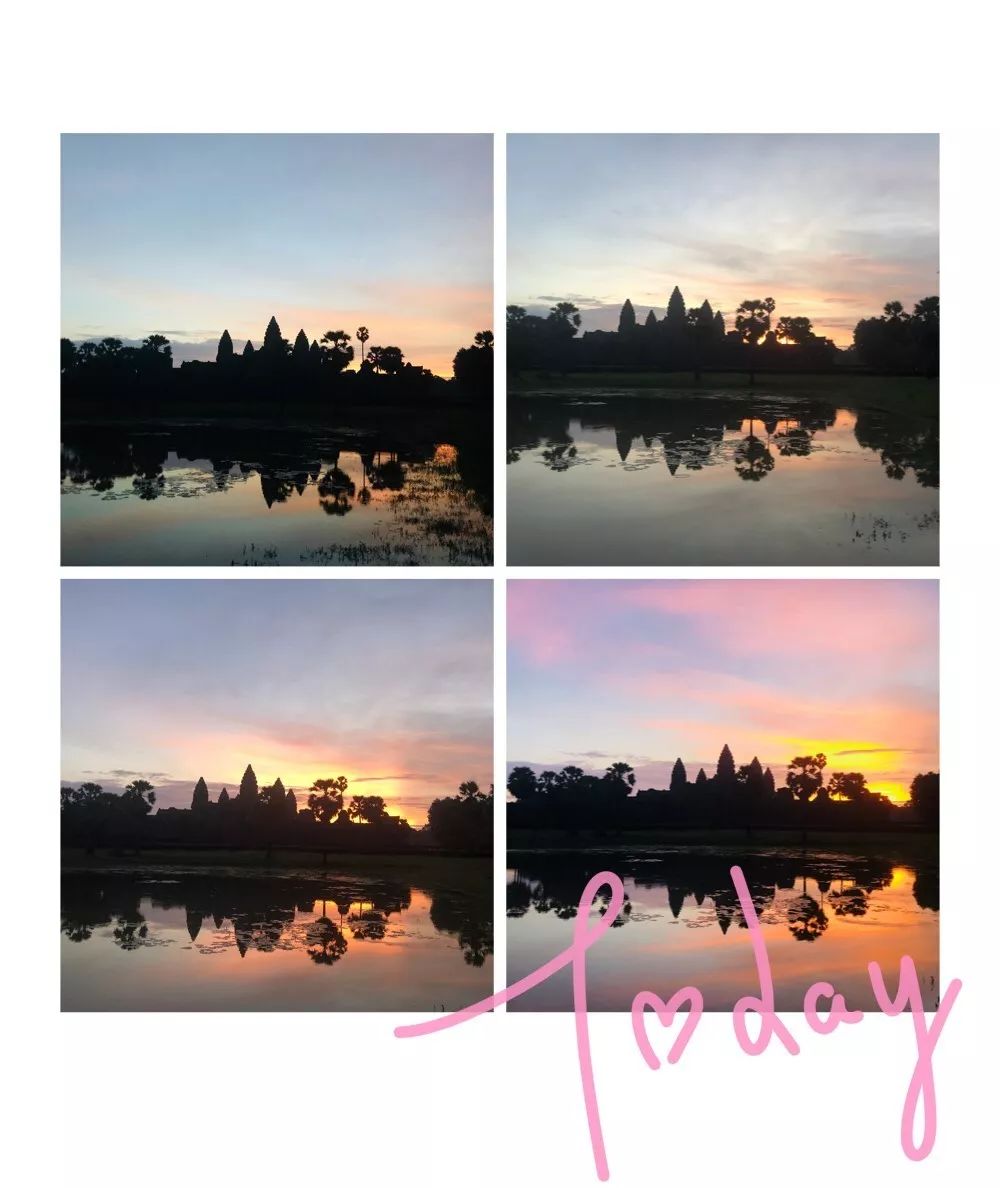
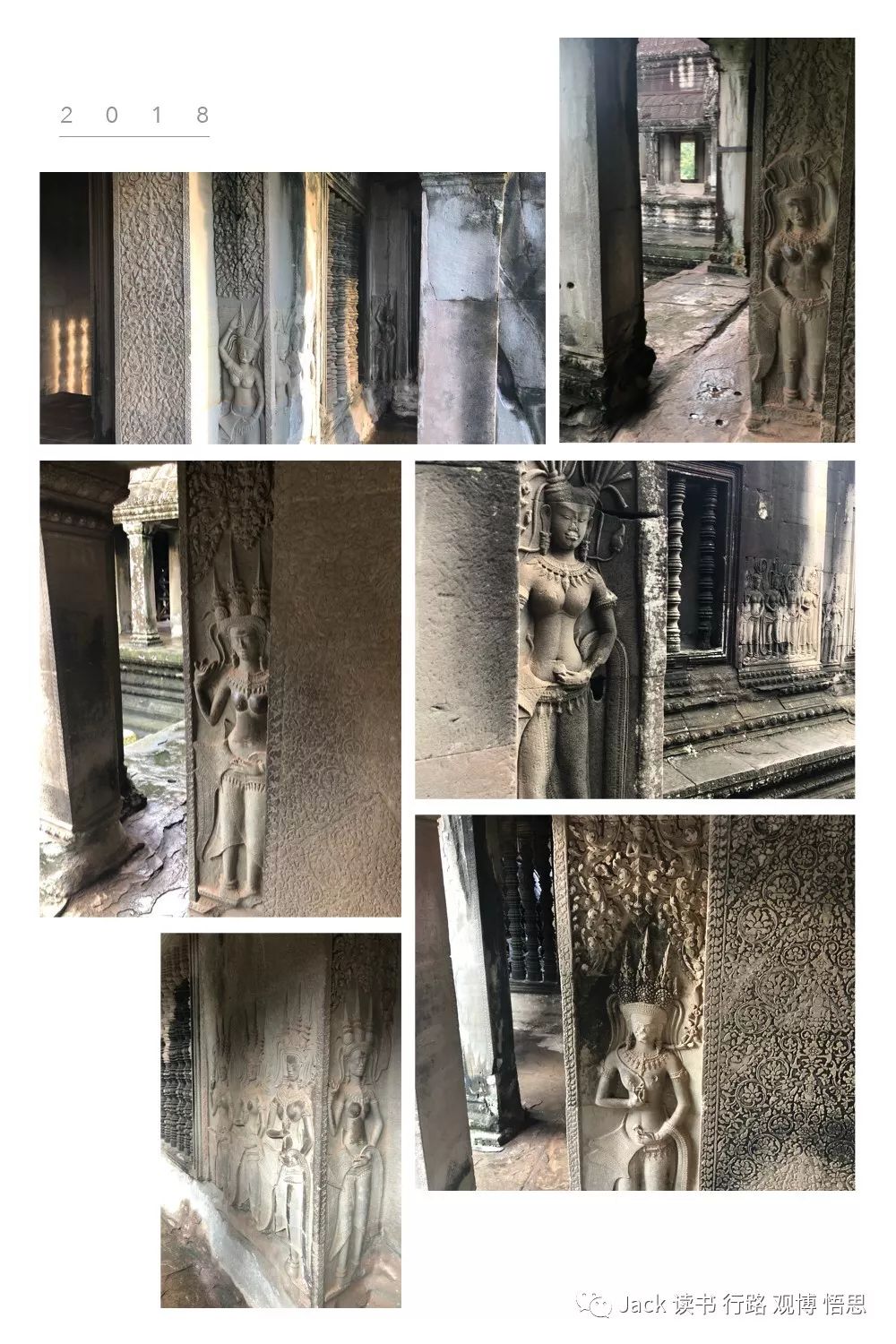
小吴哥带着历史的沧桑之美静静地矗立在这片神秘的土地上,每一位来过的人,都深深震撼于它的美!
Angkor Wat
In January 1861, French explorer Henri Mouhot was travelling through the thick jungle. His goal was to find out the mysterious ancient Angkor City mentioned in the book Customsof Cambodia, and for this goal he had already walked for 5 days. Finally,trudging through the thick mud, his boots touched a solid stone pavement, and a presentiment became clearer---dawn had arrived. Not long after, five beaming towers stood in front of him. Mouhot gasped, a 400 years secret had been awaken.This year, I traced Mouhot’s steps and saw the breathtaking Angkor Wat.



Angkor Wat is the most significant building in Cambodia; it appeared on Cambodia’s national flag. All the buildings in Siem Reap cannot surpass the height of Angkor Wat. Built in the early 12th century as a state temple for the Khmer king Suryavarman II, it was later turned into a place of worship for the Hindu deity Vishnu and then converted to a Buddhist temple in the 14th century. Angkor Wat had five standing towers,representing the Meru Mountain, which was considered as the center of the universe in Hinduism, the walls and the moat representing the mountains and seas. Therewere scripture libraries on the two sides plus a 472 meters long aisle. It was designed this way to give you time to calm down your heart before entering the temple. The moat was 190 meters wide, surrounding the whole buildings. The five towers were encircled by two layers of corridors, and there were very exquisite and delicate carvings on the wall. This layout could be very suitable for humans to rest, unlike modern buildings which consumed loads of energy and there were hardly any space.
The carvings depicted themes and stories, mostly from the two epics Ramayana and Mahabharata in Hinduism. I like those two themes, The creation of the universe and Ramayana. Hindus believe that the creation of the universe was related to the churning of the Milky Sea. The good god Sura with the help of the monkey king Hanuman and the evil god Asura pulled two huge snakes, churned up the waves, and in each wave there was a new life. Ramayana told the story of the prince Rama’s feat of defeating a monster which took his wife Sita away.
Angkor Wat was also famous for its splendid sunrise and sunset. Before the sun rises, the temple gave me a sense of quietness. When the first beam of light appeared on the horizon, my heart seemed to be lighten as well. People could feel that the world was very peaceful and quiet. During a sunset, watching the sun faded its gold rays, and seeing every Apsara goddesses in the temple changing its form in the beautiful light, it was unbelievable.
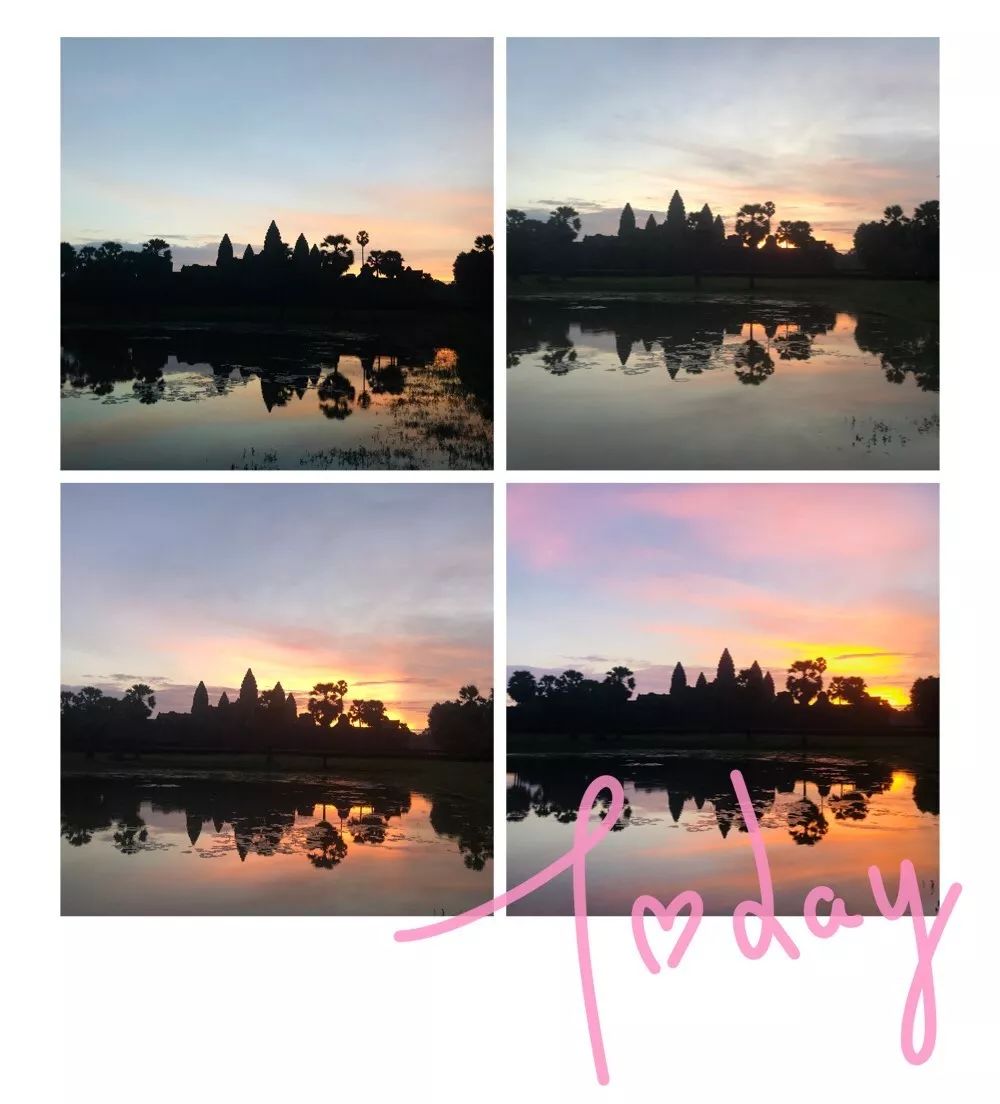
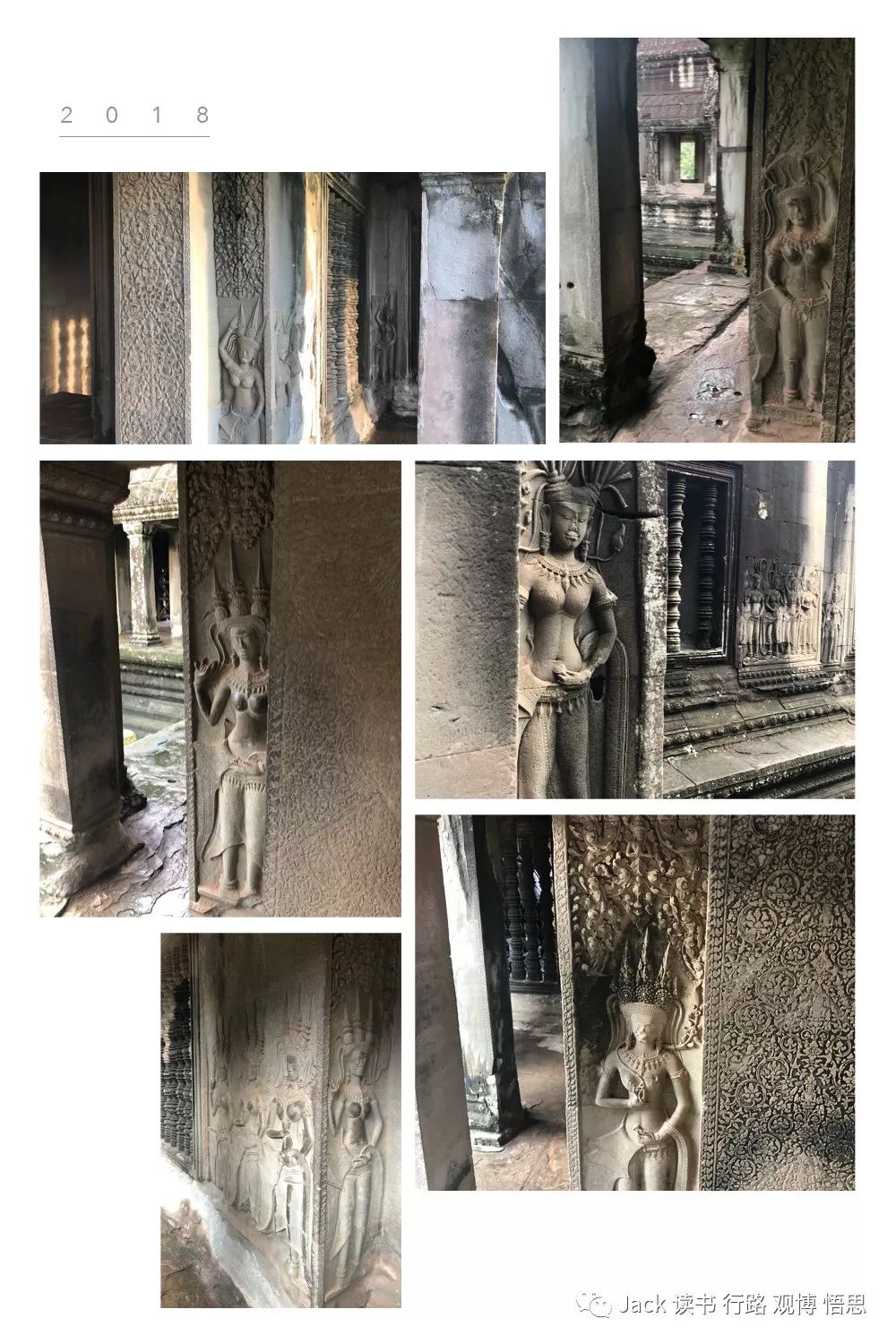
Angkor Wat stood solidly on this magical land, every person who went there will be shocked by its beauty.
- 本文标签: 原创
- 本文链接: http://www.jack-utopia.cn//article/539
- 版权声明: 本文由Jack原创发布,转载请遵循《署名-非商业性使用-相同方式共享 4.0 国际 (CC BY-NC-SA 4.0)》许可协议授权
